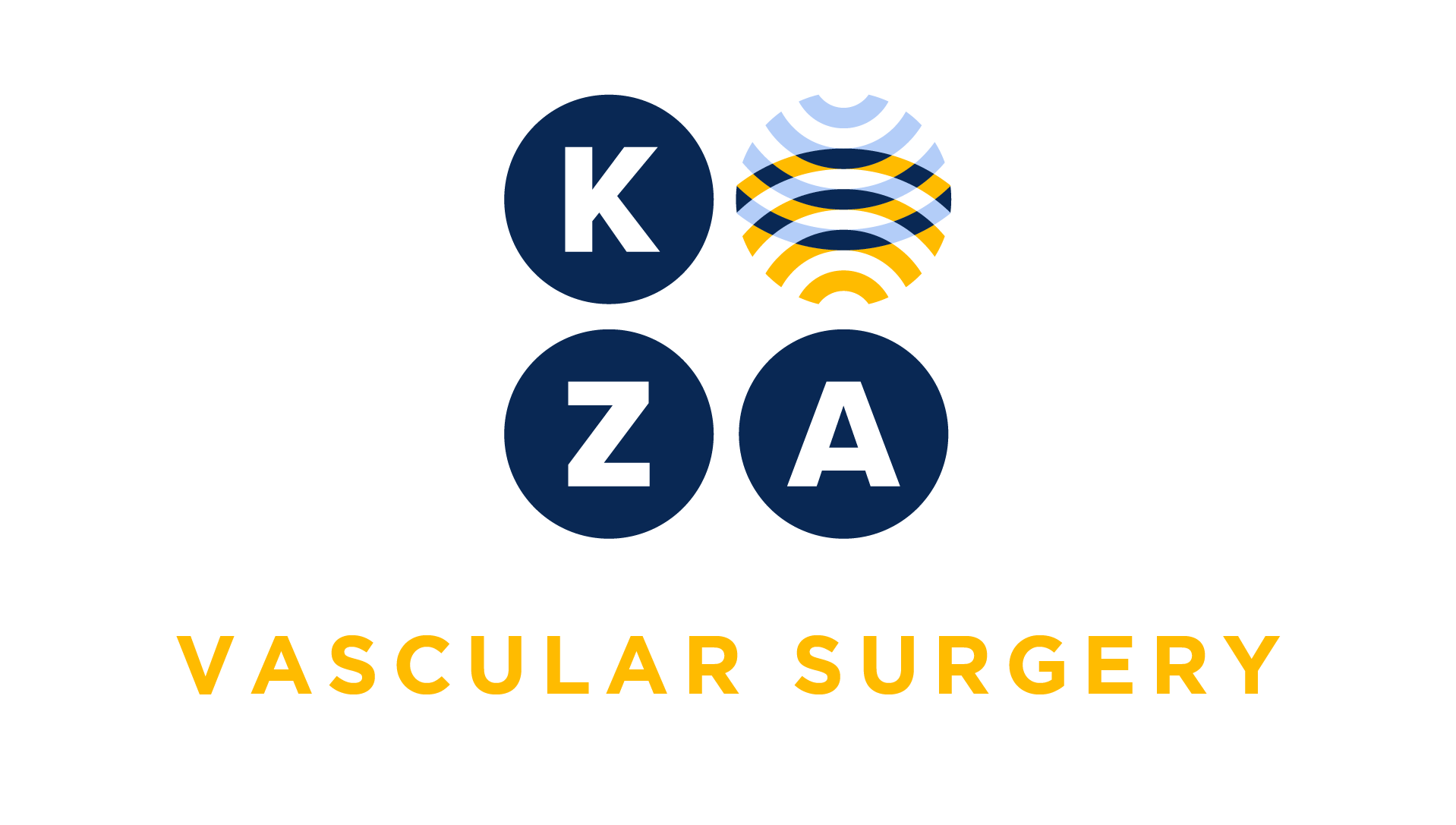
Choose your specialty from the list below to see how our experts have tackled a wide range of client questions.
Looking for something specific? Utilize our search feature by typing in a key word!
Coding +34713
Can code 34713 for placement of a larger than 12 French sheath in endograft placement be reported with an open exposure of the same artery?
Question:
Can code 34713 for placement of a larger than 12 French sheath in endograft placement be reported with an open exposure of the same artery?
Answer:
No, add-on code +34713 is specifically for percutaneous placement. See code description below.
+34713 - Percutaneous access and closure of femoral artery for delivery of endograft through a large sheath (12 French or larger), including ultrasound guidance, when performed unilateral (List separately in addition to code for primary procedure)
*This response is based on the best information available as of 2/29/24.
Denials for Initial Hospital Care and Observation E/M Codes: 2024
We are experiencing denials when we bill 99221-99223 and the place of service is observation (outpatient hospital). Are we doing something wrong?
Question:
We are experiencing denials when we bill 99221-99223 and the place of service is observation (outpatient hospital). Are we doing something wrong?
Answer:
You are billing correctly based on CPT 2023 guidelines for E/M that merged inpatient hospital encounters/codes with observation encounters/codes. Unfortunately, some payor claims processing systems may not yet recognize these changes as they apply to billing. You will have to appeal these denied claims, with CPT references showing the current guidelines for E/M reporting.
*This response is based on the best information available as of 2/15/24.
E/M Coding for Emergency Surgery
Under the revised 2023 EM guidelines what E/M code would be supported for seeing a patient in the the ED for a ruptured abdominal aorta aneurysm (AAA) and taking them emergently to surgery for repair?
Question:
Under the revised 2023 EM guidelines what E/M code would be supported for seeing a patient in the the ED for a ruptured abdominal aorta aneurysm (AAA) and taking them emergently to surgery for repair?
Answer:
This scenario would support , 99223, the highest level of Initial hospital care. Based on:
- High Problem-Acute or chronic illness or injury that poses a threat to life or bodily function and,
- High Risk- Emergency surgery
Remember, only 2 of the 3 medical decision-making elements are needed to support a level of E/M.
Coding for TCAR
How is the TCAR procedure reported?
Question:
How is the TCAR procedure reported?
Answer:
Transcarotid Artery Revascularization (TCAR) is a minimally invasive procedure that can clear blockages and open a narrowed cervical carotid artery. The surgeon makes an incision over the common carotid artery to perform the repair. During the TCAR procedure, the surgical team reverses blood flow in the area of the blockage.
TCAR is reported with the same code as a carotid stent, 37215,Transcatheter placement of intravascular stent(s), cervical carotid artery, open or percutaneous, including angioplasty, when performed, and radiological supervision and interpretation; with distal embolic protection.
Medicare High Risk Criteria in Carotid Stenting
What does Medicare consider high risk to support a stent instead of a carotid endarterectomy (CEA)?
Question:
What does Medicare consider high risk to support a stent instead of a carotid endarterectomy (CEA)?
Answer:
Patients at high risk for CEA are defined as having significant comorbidities and/or anatomic risk factors (i.e., recurrent stenosis and/or previous radical neck dissection) and would be poor candidates for CEA in the opinion of a surgeon. Significant comorbid conditions include but are not limited to:
- congestive heart failure (CHF) class III/IV;
- left ventricular ejection fraction (LVEF) < 30%;
- unstable angina.
- contralateral carotid occlusion;
- recent myocardial infarction (MI);
- previous CEA with recurrent stenosis ;
- prior radiation treatment to the neck; and
- other conditions that were used to determine patients at high risk for CEA in the prior carotid artery stenting trials and studies, such as ARCHER, CABERNET, SAPPHIRE, BEACH, and MAVERIC
Billing FEVAR with a Physician-Modified Endovascular Graft ( PMEG)
We use a Physician-Modified Endovascular Graft (PMEG) for our FEVAR procedures. Do we have to bill this with an unlisted code?
Question:
We use a Physician-Modified Endovascular Graft (PMEG) for our FEVAR procedures. Do we have to bill this with an unlisted code?
Answer:
No, use of a PMEG does not require billing as an unlisted code. Use the existing FEVAR codes based on endograft coverage and number of fenestrations.
Do you have a Coding Question you would like answered in a future Coding Coach?
If you have an urgent coding question, don't hesitate to get in touch with us here.


